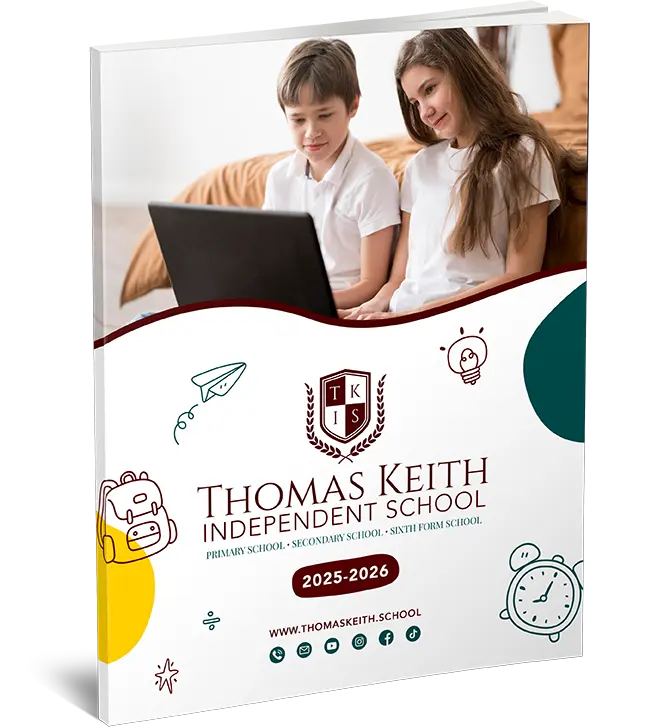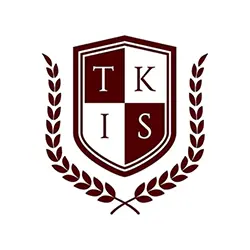Would You Rather KS2: A Fun And Educational Tool For Key Stage 2 Students
Introduction“Would You Rather” is a creative and engaging game that encourages students to think critically, express opinions, and spark discussions. This activity is especially popular in Key Stage 2 (KS2) classrooms as it promotes imagination, communication skills, and teamwork.
This article explores how “Would You Rather” can be used effectively in KS2 education, outlines its key benefits, and provides examples of how to implement it in lessons. We will also include a mention of Thomas Keith Online Independent School, showcasing how innovative approaches to learning can make education both fun and meaningful.
What Is “Would You Rather” for KS2?
“Would You Rather” involves presenting students with two scenarios, often humorous or thought-provoking, and asking them to choose between them. The activity can be adapted for various subjects, including English, maths, and science, to make learning more interactive.
Examples of “Would You Rather” Questions:
- Maths: “Would you rather solve 10 easy problems or one very tricky problem?”
- English: “Would you rather write a short story or a poem about your favorite animal?”
- Science: “Would you rather live on the Moon or under the sea?”
Benefits of “Would You Rather” for KS2 Students
- Improves Critical ThinkingStudents evaluate scenarios, weigh pros and cons, and articulate their reasoning.
- Enhances Communication SkillsBy sharing their choices, students practice speaking clearly and confidently.
- Encourages CreativityMany “Would You Rather” scenarios challenge students to think outside the box.
- Fosters TeamworkWhen played in groups, this activity helps build collaboration and respect for different opinions.
How to Use “Would You Rather” in KS2 Lessons
- Warm-Up ActivityBegin lessons with lighthearted questions to energise students and create a positive atmosphere.
- Subject-Specific ApplicationsTailor questions to fit the subject being taught. For example, in a history lesson, ask, “Would you rather meet a famous explorer or a royal figure from the past?”
- Encouraging Writing TasksAfter students choose, ask them to write a paragraph explaining their decision, improving their writing and reasoning skills.
- Group DiscussionsFacilitate discussions where students justify their answers, promoting debate and respect for differing viewpoints.
Example of Innovative Education: Thomas Keith Online Independent School
Thomas Keith Online Independent School integrates modern teaching techniques like “Would You Rather” into their online classes. This approach engages students, making lessons interactive and enjoyable, even in a virtual setting. Their KS2 program encourages creativity, critical thinking, and effective communication, preparing students for future success.
Frequently Asked Questions (FAQs)
Q1: Can “Would You Rather” be used in all KS2 subjects?Yes, the game can be adapted to suit any subject, from science to English, ensuring lessons remain engaging and relevant.
Q2: How can teachers create their own “Would You Rather” questions?Think about topics related to the lesson and craft questions that encourage students to think critically or creatively.
Q3: Does this activity work well in an online learning environment?Absolutely! Online schools like Thomas Keith use such activities to maintain interaction and engagement during virtual lessons.
Conclusion
“Would You Rather” is a versatile and effective teaching tool for KS2 classrooms. It boosts critical thinking, communication, and creativity while making learning enjoyable. Schools like Thomas Keith Online Independent School demonstrate how activities like these can enhance educational experiences, even in an online setting.
Incorporate “Would You Rather” into your KS2 lessons to inspire students, encourage participation, and make education truly fun!




